Misinterpreting the dissenting voices in resistance
Emotions like resentment transmogrifying into anger often acquire an unprecedented vigor. While the socio-political discourse can routinely be dominated by alienations and a whirlwind of ambiguities in thoughts defining political vibrancy, inherent resistance continues to be built on harsh realities. History has borne testimony to the fact that people’s sovereignty has managed to triumph over state oppression, on the lines of civil disobedience, and, more often than not, the reckless bloodbath of innocents. Such movements become the defining yardstick to assess the extent of any struggle and the impact of people’s movements reverberating as a strong emotion that reels over injustice.
The imperative of resistance
While some may think that movements are primarily aimed at achieving political objectives wherein solutions are sought from the state, it is an altogether fault line to walk on by having such a limited perspective. In my view, resistance building up gradually into organized movements is a result of a myriad of social problems that infest society. At the threshold level, it is the will to put an end to such ills of society, which gives the impetus to resist- only to be accentuated by the onslaught of political turmoil which is perceived as unjust. In the wake of societal problems, actions, and policies of the state are met with fierce opposition if they are inherently unfair and driven by elements having roots in anarchy.
The shrewdest political master in the Indian civilization spanning over the years of India’s first independent kingdom, Chanakya, mentions in his political commentaries that anarchy in a society is more dreadful than a foreign invasion on the king’s land. To contain people’s anger rattling the tranquility is a daunting task for the state machinery anytime more than guarding fences of the territory. He implored the idea of welfare state and statehood centuries back. He drew the attention of the ruler to pay unfazed attention to the happiness of the people comprising the reign.
This observation finds a sort of uncanny similarity and corroboration in the works of various political scientists who scrutinized the relation between the state and its subjects in the backdrop of turbulent times. This practical historic finding virtually lends credence to a strong sense of indignation, which is felt at the outset of the state enacting laws or policies which rummages through the strong foundations of humanity and values on which our country’s Constitution stands. The most poignant part to take note of it is that the requisite deliberation on real economic and social issues is kept under wraps giving way to the underpinnings of a populist mandate.
People wish to reclaim the lost aspirations and hope, which is rightfully theirs, which were nourished as a common citizen. To begin with, that comes across as a far-fetched dream, to say the least. Still, at a given point of time, the masses want to establish communication with the state, a free channel through which voices are heard, depth of the emotion felt, and problems understood.
The resilience against coercion
The past few months have been exceptionally trying for the Indian masses. Amidst the paradoxes of sort and emergence of a host of opinions, the aspect which was most astonishing and unfortunate in a democratic society such as ours was the normalization of vitriol coupled with sheer obliviousness shown to the real cause of the eruption of violence.
Maintenance of law and order is the sovereign domain of the state. It ought to be exercised in a neutral and precautionary manner. But when mayhem is let loose by state apparatus which goes on to justify the brutal clampdown on peaceful protests, the dichotomy of violence is heavily eschewed, giving way to the false narrative to prevail. When havoc was created on the campuses of the most esteemed universities in the country within a gap of mere ten days, my faith in safety prevalent in sacred institutions was shattered. For, as a student, campuses are free spaces which enable individuals to cultivate intellect and channelize it while enjoying the liberty to mobilize with like-minded fellows socially.
Within few hours post the Jamia violence in December, a video of the two girls who had withstood the blows of the police protecting their fellows while vocally calling out the indiscriminate act on the part of the police, went viral depicting them in a series of contradicting incidents and then being captured with a journalist. It was aimed at disseminating the narrative that it was not a disproportionate attack on them but rather a stunt they had pulled out in pursuance of “manufactured hypocrisy.”
On a careful examination of the contradictory incidents as was planted by the ones who demeaned the pain of people who were thrashed, they deserve the exact reaction which can be there in the given circumstances. Being interviewed by a journalist and receiving a pat on the back for the act of bravery can only be problematic for the ones who side with subverting genuine shock and turmoil at the time when an attack is unleashed on people.
The sinking feeling I felt when all this flashed in front of me traced it’s way back to my growing up years, listening to stories that have imbued the love for humanity in me as well as the ethos of bravery interwoven through tales of real-life stories and religious anecdotes. To the one incident which laid strong foundations of resistance in me, was what my mother had experienced and had set an example in the days when bigoted violence against her community was at a peak.
A casual family trip with a small pack of brothers and sisters took a catastrophic turn when they were hounded by a mob of about a hundred of drunk and roughly armed people, in the most peaceful and serene place at the lap of the Himalayas. The failed attempt to take away the life of my mother’s father, who had just recovered from a heart attack, suddenly lashed out into scattered attacks on all the members of the family. My mother rushed to the rescue of her brother, who was being targeted because of his peculiar external appearance. For a significant period of time, she stood outside the door, which she had hurriedly latched so that he could jump off the cliff from the building being led into by the door. She was no wrestler or athlete to fiercely resist the blows for long from the mob which came by way of punches and inappropriate assaults but only a woman and a sister whose own life was under threat yet she was saving her brother by the whole force in her, taking down on more than thirty men all by herself.
It is a visual which haunts me and sends spine chilling vibes through my body, especially in moments of pain, giving me hopes for an uprising against the mighty and brute structures. It was the same emotion I went through on seeing the video of the girls being given blows not by a mindless mob but by the peacekeepers of the society, making it even scarier.
Struggle for recognition
To avert resistance is to inevitably embroil it in a vast identity crisis that is slapped across the face in an attempt to turn down the fight. Yet the one who demonizes conveniently chooses to turn down the fact that it is always a matter of humanity more than the tussle between stunted political ideologies, which lies at the heart of the matter.
Seeing someone with a gun in hand striking at peaceful protestors while citizens fighting for the holy book of law being demonized, makes me wonder the length of the extent till which one can stoop down to misinterpret the dissenting voices?
Featured Image Credits: Wikimedia Commons


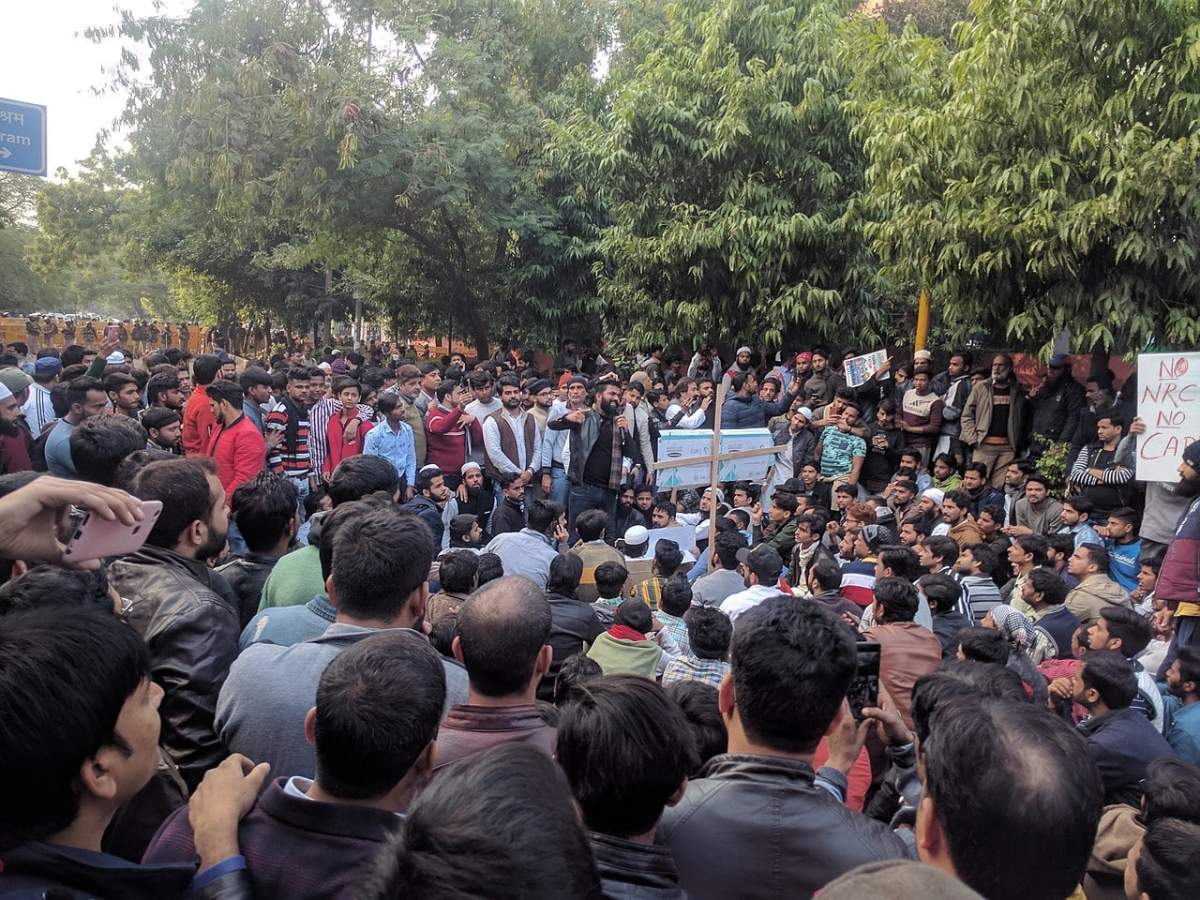
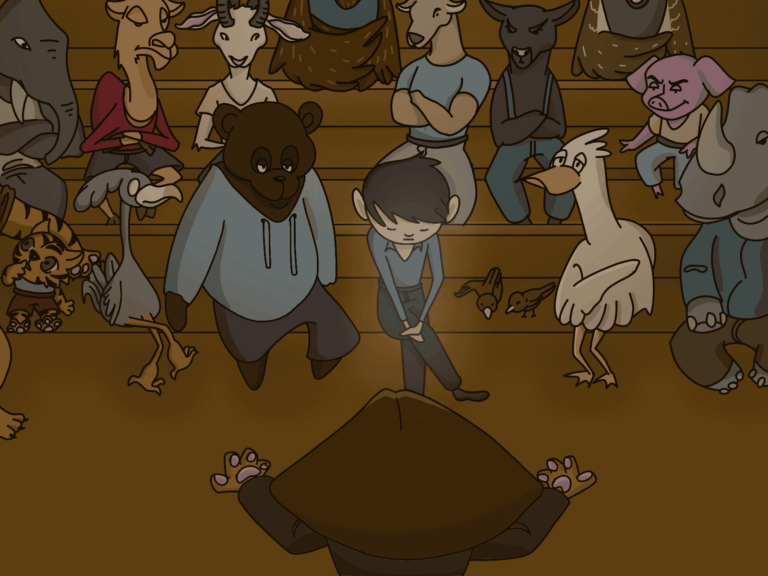
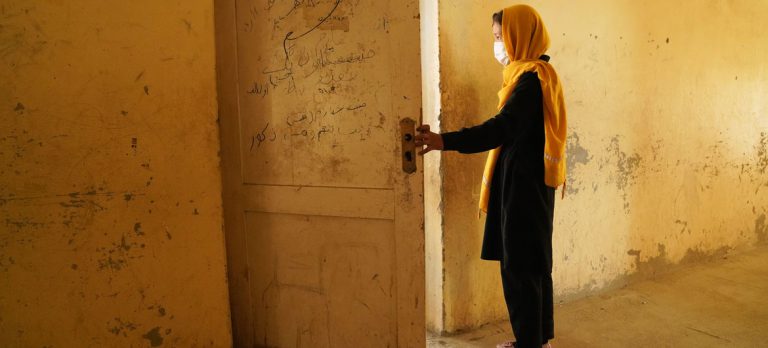

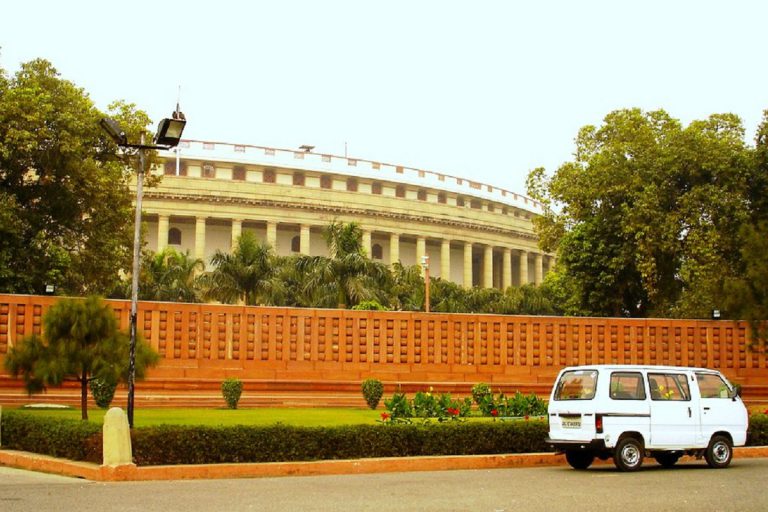
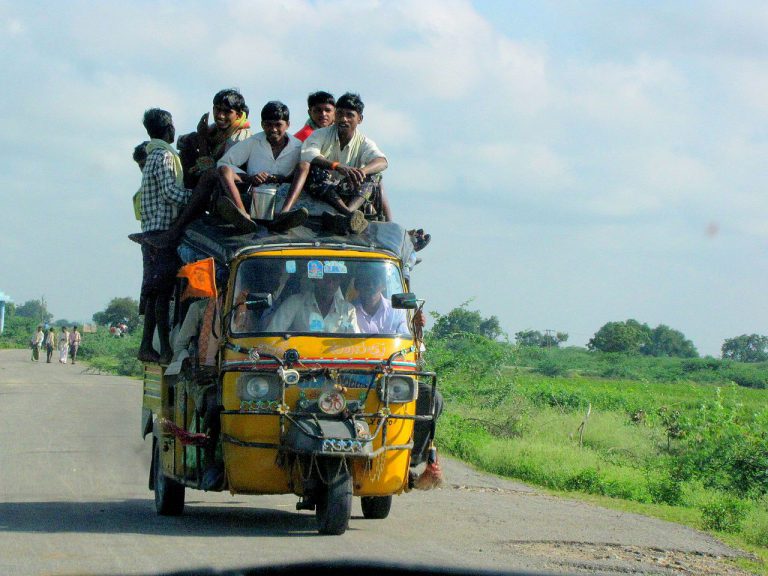

Readers' Reviews (4 replies)